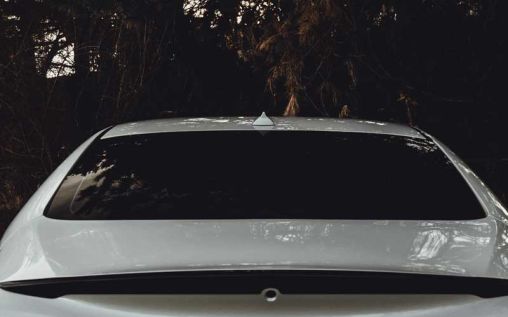How Does Car Window Film Work?
Posted by Admin at 8 March 2021, at 08 : 31 AM

Both window film and decorative window film work in very much the same way, and most films are made out of very similar materials. But a lot of people who use film in their houses and cars don’t know much about how it works. When one realizes how window film works, it’s much easier to remember exactly what is being paid for.
How is the Tint Created?
The tint, which is the most obvious feature of film, is created when the tinting film is bonded onto the glass itself. The glass used is not a special type of glass, it’s a conventional piece of glass found on every car in America.
Tinting film itself is typically a very thin material made out of a clear polyester film. However, the colors in decorative window films are created using a combination of dyes, metals, and other chemicals. This is why a typical piece of film will cost less than a piece of film which has a number of colors implemented into it, such as those found in a decorative window film.
Misconceptions about Tint
There are a couple of misconceptions people have about tint, and in some cases it makes them wary about purchasing any form of tint at all.
The first misconception is that tint in the form of a window film prevents cars from driving on the road at night. This misconception is often brought up due to the fact that driving at night in sunglasses is impossible. But this is completely false as tint is only designed to reduce glare, protect against UV light, and protect privacy, it’s not designed to impede driving. Although some shades of tint are illegal as they do impede driving at night, but they are banned and won’t be available for purchase by citizens.
Secondly, people commonly believe that tint is bonded on the outside of the glass. This is completely false because it’s actually bonded on the inside in order to protect itself from any debris which may hit the window outside of the car.
Light Capabilities
After the tinting film is placed on to the window, the way light from outside the car enters the car changes entirely. A car window without any tint reflects an estimated 5% of all visible light and allows 90% of light into the car; the other 5% is absorbed by the window.
However, when tint is used these figures change significantly. But this depends entirely on the tint as some will change these figures dramatically whereas some will only change them slightly. There is also a difference between which films will absorb more light and which films will reflect more light.
This is another benefit to window films as it doesn’t just protect the driver and the passengers of the vehicle against glare, but it also protects the driver and the passengers against the cancer-causing UV rays which come from the sun. Although, it does depend on exactly which film is bought when it comes to how much UV light is absorbed or reflected by the film itself.
